
Dru Drury was a British collector of natural history specimens and an entomologist. He received specimens collected from across the world through a network of ship's officers and collectors including Henry Smeathman. His collections were utilized by many entomologists of his time to describe and name new species and he is best known for his book Illustrations of natural history which includes the names and descriptions of many insects, published in parts from 1770 to 1782 with most of the copperplate engravings done by Moses Harris.

George Vernon Hudson FRSNZ was a British-born New Zealand entomologist credited with proposing the modern daylight saving time. He was awarded the Hector Memorial Medal in 1923.
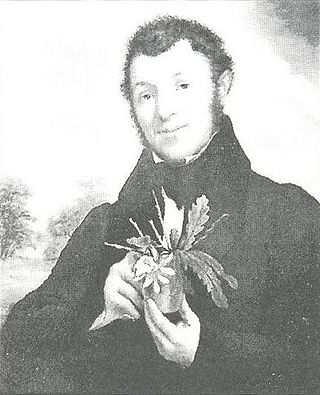
Adrian Hardy Haworth was an English entomologist, botanist and carcinologist.
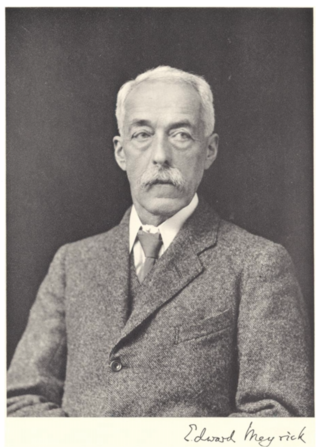
Edward Meyrick was an English schoolmaster and amateur entomologist. He was an expert on microlepidoptera and some consider him one of the founders of modern microlepidoptera systematics.

Henry Tibbats Stainton was an English entomologist. He served as an editor for two popular entomology periodicals of his period, The Entomologist's Annual and The Entomologist's Weekly Intelligencer.

Pieter Cramer was a wealthy Dutch merchant in linen and Spanish wool, remembered as an entomologist. Cramer was the director of the Zealand Society, a scientific society located in Flushing, and a member of Concordia et Libertate, based in Amsterdam. This literary and patriotic society, where Cramer gave lectures on minerals, commissioned and/or financed the publishing of his book De uitlandsche Kapellen, on foreign (exotic) butterflies, occurring in three parts of the world Asia, Africa and America.

Henry John Elwes, FRS was a British botanist, entomologist, author, lepidopterist, collector and traveller who became renowned for collecting specimens of lilies during trips to the Himalaya and Korea. He was one of the first group of 60 people to receive the Victoria Medal of the Royal Horticultural Society in 1897. Author of Monograph of the Genus Lilium (1880), and The Trees of Great Britain & Ireland (1906–1913) with Augustine Henry, as well as numerous articles, he left a collection of 30,000 butterfly specimens to the Natural History Museum, including 11,370 specimens of Palaearctic butterflies.
James Petiver was a London apothecary, a fellow of the Royal Society as well as London's informal Temple Coffee House Botany Club, famous for his specimen collections in which he traded and study of botany and entomology. He corresponded with John Ray and Maria Sibylla Merian. Some of his notes and specimens were used by Carolus Linnaeus in descriptions of new species. The genus Petiveria was named in his honour by Charles Plumier. His collections were bought by Sir Hans Sloane and became a part of the Natural History Museum.
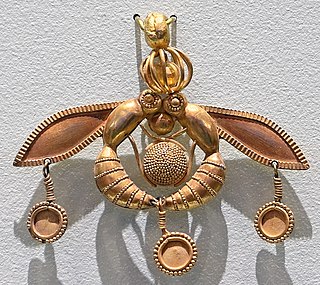
Entomology, the scientific study of insects and closely related terrestrial arthropods, has been impelled by the necessity of societies to protect themselves from insect-borne diseases, crop losses to pest insects, and insect-related discomfort, as well as by people's natural curiosity. Though many significant developments in the field happened only recently, in the 19th–20th centuries, the history of entomology stretches back to prehistory.

Maria Sibylla Merian was a German entomologist, naturalist and scientific illustrator. She was one of the earliest European naturalists to document observations about insects directly. Merian was a descendant of the Frankfurt branch of the Swiss Merian family.
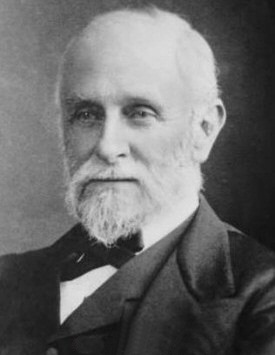
John Jenner Weir, FLS, FZS was an English amateur entomologist, ornithologist and British civil servant. He is best known today for being one of the naturalists who corresponded with and provided important data to both Charles Darwin and Alfred Russel Wallace.
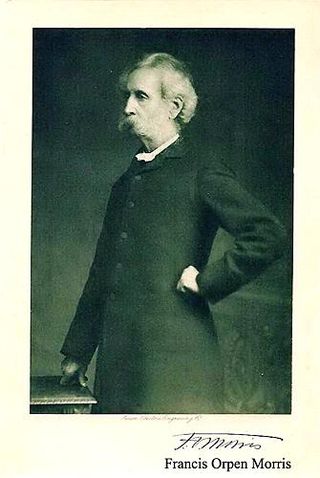
Francis Orpen Morris was an Anglo-Irish clergyman, notable as "parson-naturalist" and as the author of many children's books and books on natural history and heritage buildings. He was a pioneer of the movement to protect birds from the plume trade and was a co-founder of the Plumage League. He died on 10 February 1893 and was buried at Nunburnholme, East Riding of Yorkshire, England.
Robert Herbert Carcasson was an English entomologist who specialised in butterflies, but also authored two field guides to tropical fishes. He joined the Coryndon Museum, Nairobi, as senior entomologist in 1956. He then became its director, under the museum's new name of the Natural History Museum from 1961 to 1968. During this time, he was awarded a PhD for his studies on African hawkmoths. From 1969 to 1971 he was Chief Curator of the Centennial Museum, Vancouver, Canada. In 1972 he travelled in Polynesia, Melanesia, Australia, Malaysia, Sri Lanka, Seychelles and East Africa for production of two field guides to coral reef fish of the Indo-Pacific region. From 1973 to 1979 he was Curator of Entomology at the Museum of British Columbia. He died of cancer. Somewhat a polymath, he was fluent in a number of languages, and produced the illustrations to a number of his works, culminating in hundreds of colour and line drawings of fishes for his reef fish field guides.
Joseph Dandridge, was an English silk-pattern designer of Huguenot descent, a natural history illustrator, an amateur naturalist specialising in entomology, and a leading figure in the Society of Aurelians of which he was a founder member.
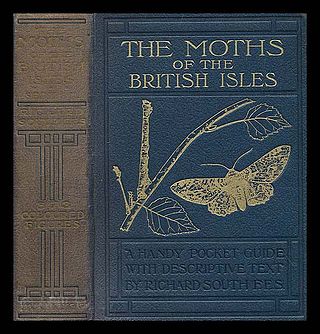
Richard South FRES was an English entomologist who specialised in Lepidoptera, particularly the smaller moths.

Lepidopterology is a branch of entomology concerning the scientific study of moths and the two superfamilies of butterflies. Someone who studies in this field is a lepidopterist or, archaically, an aurelian.

William Buckler was an English painter and entomologist who specialized in Lepidoptera.

Pieter Casteels III (1684–1749) was a Flemish painter and engraver mainly known for his flower pieces, game pieces and bird scenes. He spent a significant portion of his life in England where he had a varied career as a still life painter, printmaker and textile designer.

John Hellins was a prison chaplain, school teacher, and entomologist well known in the nineteenth and early twentieth centuries for his seminal work on the early stages of the butterflies and moths of Great Britain. He was the grandson of John Hellins the astronomer.

Brian Hargreaves FRSA, FRES (1935-2011) was an English artist and scientific illustrator, known for his depictions of Lepidoptera.

















